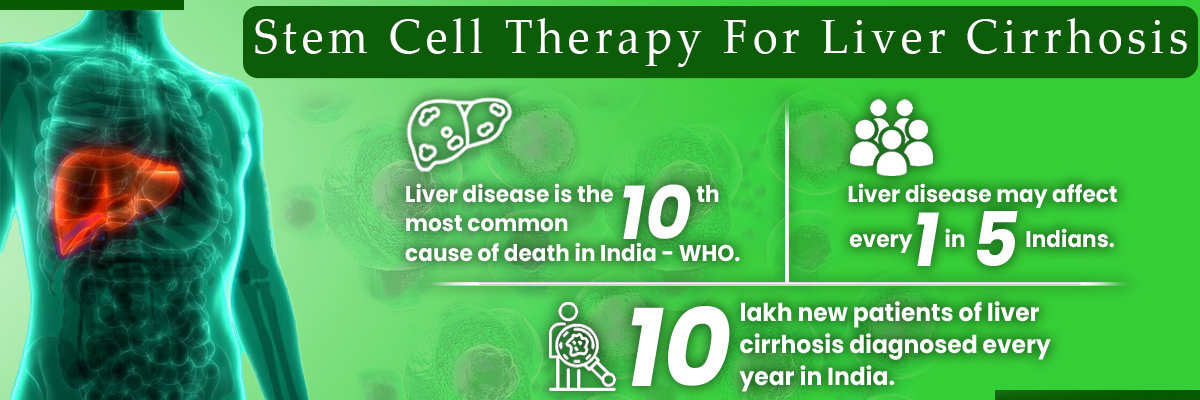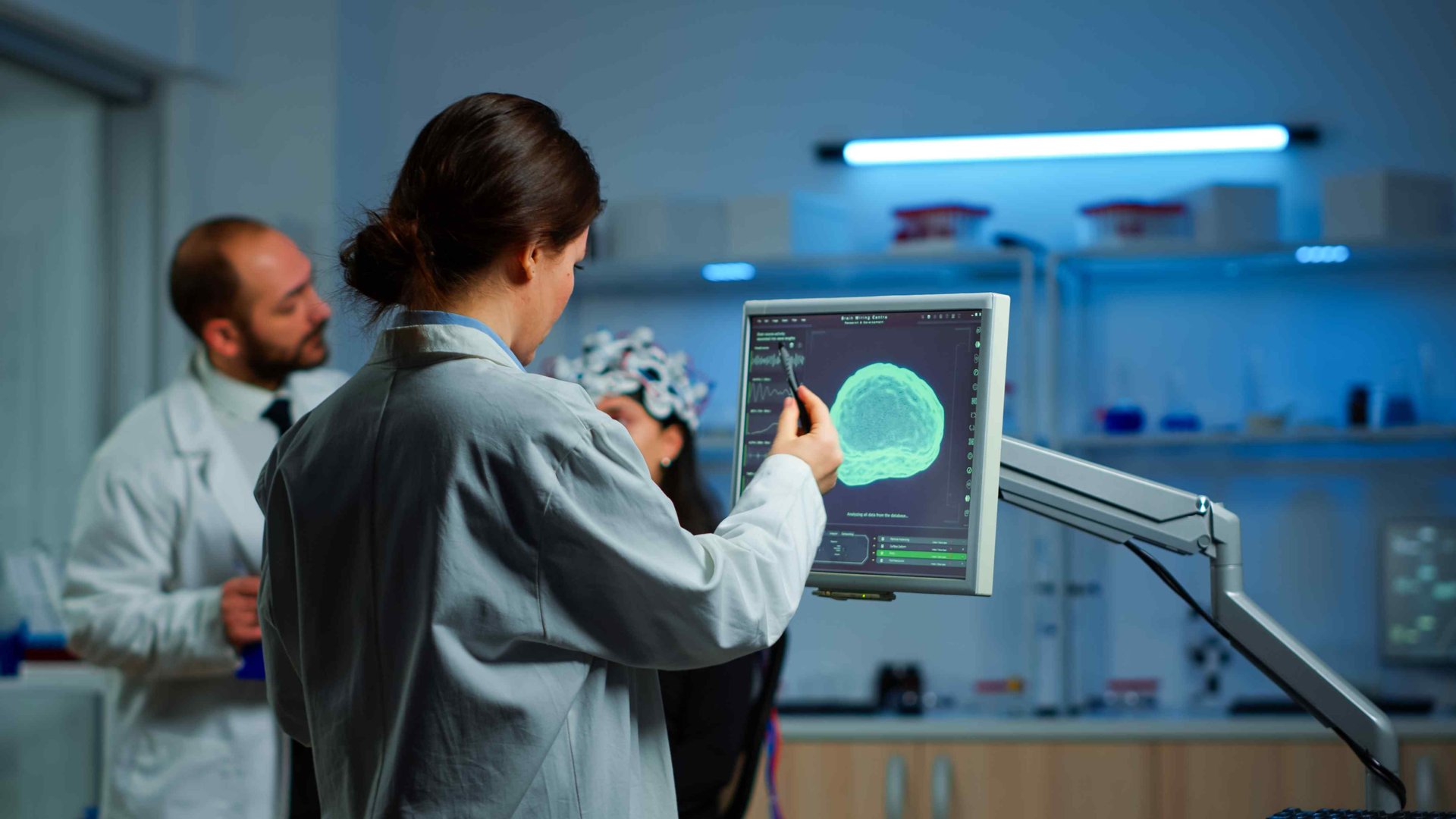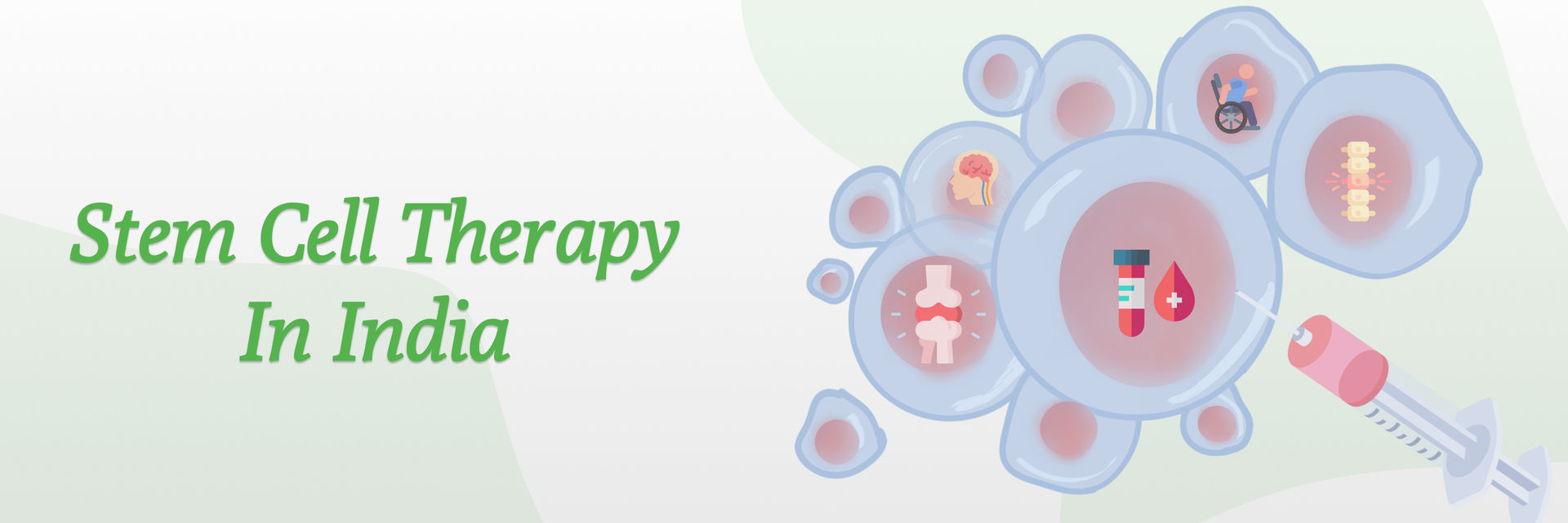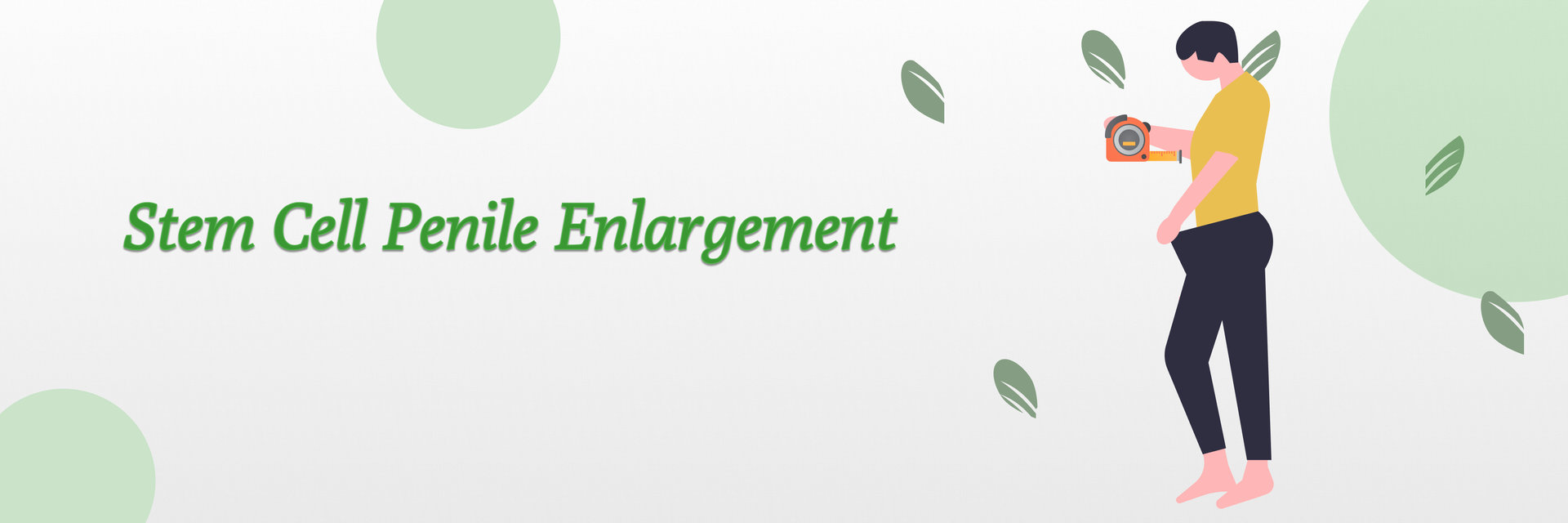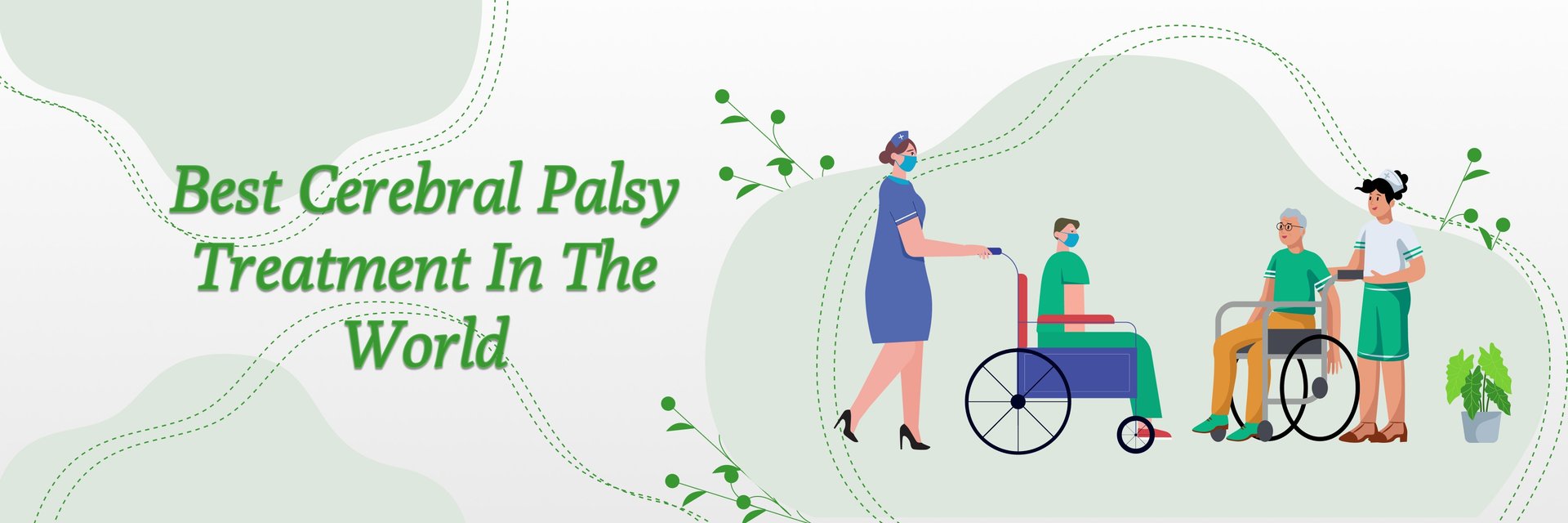Introduction
The last few years have witnessed firsthand a staggering advancement in the field of regenerative medicine, and among all these breakthroughs, perhaps the most promising has been the application of stem cell therapy for the treatment of pancreatic disease. Whether it is healing diabetes mellitus, curing pancreatic cancer, or finding new means of healing ALS, stem cell therapy has opened new doors of possibility to medical science. If you want to know more about this topic, you can connect with medical professionals to get their expert medical advice.
Scientists and doctors worldwide are increasingly resorting to stem cell-based therapies to replace and restore lost pancreatic tissue, repair beta cells, and ultimately improve patient outcomes. Keeping this in mind, we discuss how stem cells, and more particularly mesenchymal stem cells, are transforming the treatment of pancreatic disease.
What is Pancreatic Disease?
One of the human body's most vital organs, the pancreas, produces digestive enzymes and hormones like insulin to keep blood sugar levels in check.
If the pancreas is affected, it leads to diseases such as diabetes mellitus, pancreatitis, pancreatic adenocarcinoma (the most prevalent pancreatic cancer), or pancreatic insufficiency. Pancreatic diseases are etiologically multifactorial, ranging from genetic predisposition and nutrition to alcoholism in a chronic manner to autoimmune diseases. These diseases present at a late phase in most instances, and standard medical therapy has limited scope for undoing the pathologic process.
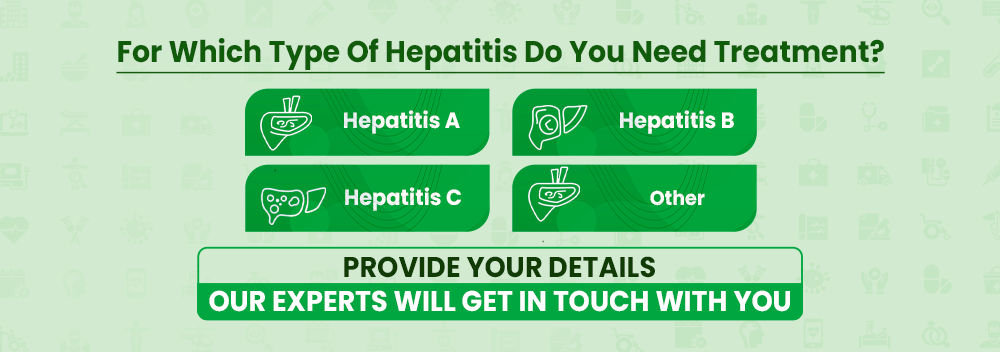
Role OF Stem Cells In Pancreatic Treatment
Mesenchymal stem cells (MSCs) play a pivotal role in the treatment of pancreatic disease. These cells have a unique capability to differentiate into a plethora of other cell types, such as insulin-secreting beta cells. They are also anti-inflammatory and immunomodulatory in their function, and thus best suited for symptom as well as etiological therapy of pancreatic disease. Stem Cell Research has indicated that MSCs can restore damaged pancreatic tissue, suppress inflammation, and even suppress the formation of pancreatic cancer. If you are considering stem cells as a treatment option, book a doctor appointment on our platform in just minutes.
Types Of Stem Cells Used
Some of the stem cells studied to heal the pancreas are:
1) Mesenchymal Stem Cells: These are usually mesenchymal stem cells, which are obtained from sources like bone marrow, fat tissue, and umbilical cord. They are the most desirable as they home onto damaged tissues and repair.
2) Embryonic Stem Cells: Some other stem cells, like embryonic stem cells and induced pluripotent stem cells (iPSCs), are also studied, though they are unsafe and involve an ethical problem.
3) Cord Blood Stem Cells: generally stored by stem cell preservation and stem cell storage techniques, are another precious commodity, especially if stored early. As stem cell preservation price and stem cell storage price keep decreasing, more and more families are opting to store them for future use.
Mechanism Of Action
The mechanism through which the stem cells act to treat the pancreas is intricate and fascinating. When transplanted in the body, stem cells invade into pancreatic tissue that has been damaged, where they start differentiating into pancreatic cell types such as beta cells.
In diabetes mellitus, it leads to the restoration of insulin secretion. Stem cells also secrete a variety of growth factors and cytokines with anti-inflammatory properties, modulate immune responses, and initiate tissue repair. Such regenerative potential makes stem cell therapy a therapeutic possibility not just for diabetes but even for the treatment of complications of pancreatic cancer and other causes of pancreatitis.

Advantages of the Treatment
In diabetic patients, normalization of the beta cells can be accompanied by decreased insulin dependency and improved glucose control. For pancreatic cancer or pancreatic adenocarcinoma, stem cells also slow the progression of the disease and manage symptoms. Stem cell therapy can also restore dysfunctional tissues, reduce inflammation, and improve the general function of the pancreas. The minimally invasive or non-invasive nature of the same is also the cause of growing popularity, particularly when compared with traditional modes of treating pancreatic cancer.
Risks & Challenges
As it holds, there are risks and limitations to stem cell therapy. There remains a possibility of immune rejection or the growth of cells uncontrollably, leading to tumor formation. There are also ethical implications involved, especially if embryonic stem cells are used. Another huge challenge is standardizing steps in stem cell harvesting, processing, and distribution.
Aside from that, while the price of stem cell storage and preservation is coming down, it is still an activity that is out of the reach of poor family patients. There is still a necessity for more long-term research to definitively determine the safety and effectiveness of such procedures among large numbers of people.

Current Process Of Treatment
Below is the process of the current stem cell treatment that is followed:
Step 1-> Evaluation: Patient undergoes medical tests to confirm eligibility
Step 2-> Cell Collection: Stem cells are taken from patients (autologous) or the donor (allogenic)
Step 3 -> Processing: Cells are purified and cultured in a lab for safety and potency
Step 4 -> Administration: Processed cells are injected or infused into the patient
Step 5 -> Follow-Up: Patient is monitored post-treatment for recovery and results
Global vs India Scenario
| No. | Aspect | Global (USA, Germany, UK) | India |
| 1) | Leadership in research | Leading countries in stem cell research & clinical application | Rapidly growing interest and adoption |
| 2) | Infrastructure & Technology | Highly advanced infrastructure and cutting-edge medical technologies | Devloping infrastructure, improving steadily |
| 3) | Funding availability | Sustainable government and private funding | Limited funding but increasing investment |
| 4) | Regulatory Framework | Wee-established regulations ensuring safety & standardization | Regulatory framework still evolving |
| 5) | Treatment Cost | High treatment and stem cell storage cost | Relatively affordable and cost effective treatment |
| 6) | Challenges | Ethical debates, over-regulation in some cases | Need for standardized protocols and strict oversight |
Future Of Treatment
The future of treating pancreatic disease with stem cell therapy appears very promising. Current Stem Cell Research is directed towards optimizing the process of cell differentiation, maximizing survival post-transplantation, and incorporating technologies such as 3D bioprinting.
As personalized medicine and gene editing technology, such as CRISPR, gain popularity, not far down the line would come customized stem cell therapy. Furthermore, widespread public knowledge of the benefits of this therapy, as well as decreasing the expense of holding and preserving stem cells will also pave the way for the creation of expanded applications for this therapy. The best stem cell doctors in India can increase the efficacy of the treatment in the future.
Summary
Stem cell therapy is ushering in a new era of treating pancreatic illness, including pancreatic cancer and diabetes mellitus. Be it the regeneration of beta-cells or being an adjunct to the treatment of pancreatic cancer, the possibilities are endless. Challenges still exist, and they are mainly in terms of cost, standardization, and long-term safety, but the benefit far outweighs the drawbacks. As Stem Cell Research and technology progress, stem cell therapy is quickly becoming an ordinary medical treatment for pancreatic complications across the world. As it becomes more available and the public more trusting of it, this new method will someday be the new gold standard for treating complicated pancreatic causes.
References
https://newsnetwork.mayoclinic.org/discussion/reimagining-stem-cell-cultivation/

